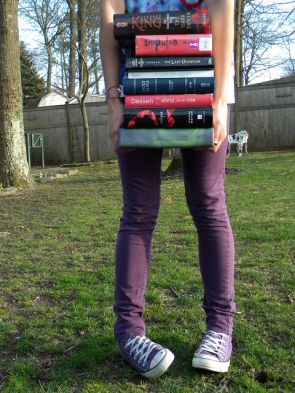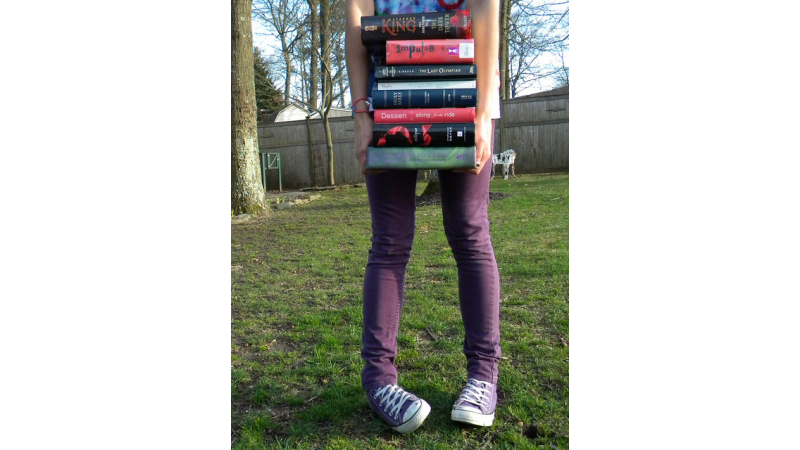 A new year means a new slew of goals and resolutions. Fittingly, January is Get Organized Month (a.k.a. the perfect opportunity to dust off your bookshelves, spring clean your book collection, or even organize your archive). I'm a big fan of all things color-coded and alphabetized—you should see my Google calendar!—but just for a moment, let's go beyond bookshelf organization and talk about organizing the TBR ("To Be Read") pile.
A new year means a new slew of goals and resolutions. Fittingly, January is Get Organized Month (a.k.a. the perfect opportunity to dust off your bookshelves, spring clean your book collection, or even organize your archive). I'm a big fan of all things color-coded and alphabetized—you should see my Google calendar!—but just for a moment, let's go beyond bookshelf organization and talk about organizing the TBR ("To Be Read") pile.
The English language lacks a precise word for said TBR pile, but there's a Japanese word that fits perfectly: "tsundoku." The loose definition is leaving a book unread after buying it, typically piled up together with other unread books. Sound familiar to anyone else?
Yet I've noticed a shift in my TBR situation over the course of the last few years. Living in New York City means I'm super limited on space and have to be strategic about how and where I keep my books. (Fortunately, my mom is generously housing much of my TBR pile safely in her garage until I have enough bookshelves of my own.) But it got me thinking: in this age of ereaders, do we still have TBR piles? Can this idea of tsundoku apply to digital in addition to print?
It's not that I prefer to read on an electronic device—there's something about holding a book that I love and always will—but I've found that my TBR pile has morphed into a digital TBR list. I keep a running list of titles in my phone's notes and prune my Goodreads "to read" list constantly. Part of me finds some sort of comfort in organizing this TBR list—rearranging it, making sure there aren't repeats, keeping track of who recommended what. But is my buying fewer books an attempt to save space and whittle down my TBR pile, or is tsundoku a practice that I'm outgrowing?
What do you think? Is there a difference between a TBR pile and a TBR list? How do you organize the books you want to read next?
Photo via Rachel on Flickr






